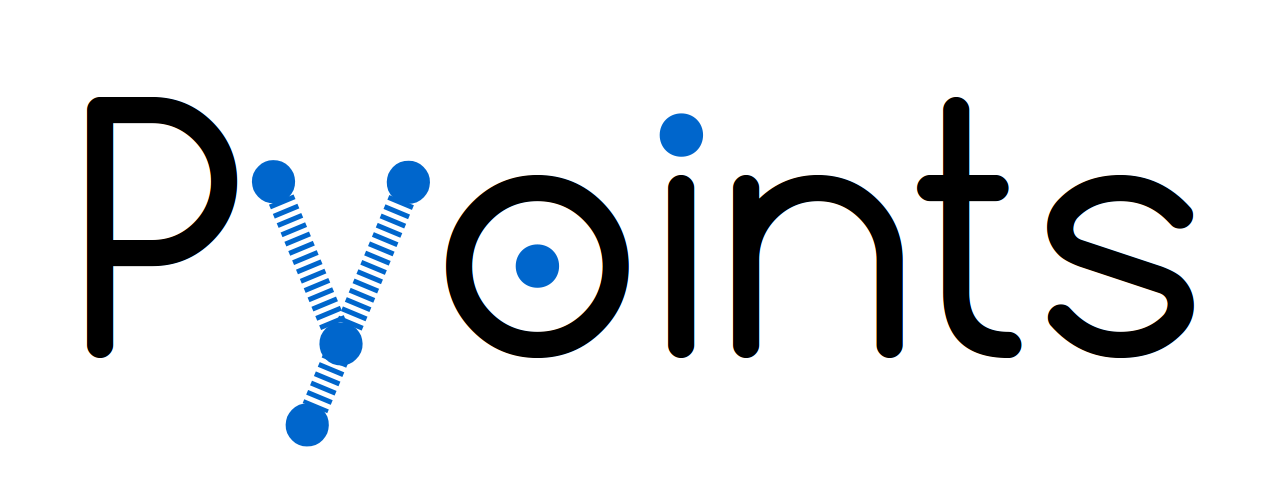# BEGIN OF LICENSE NOTE
# This file is part of Pyoints.
# Copyright (c) 2018, Sebastian Lamprecht, Trier University,
# lamprecht@uni-trier.de
#
# Pyoints is free software: you can redistribute it and/or modify
# it under the terms of the GNU General Public License as published by
# the Free Software Foundation, either version 3 of the License, or
# (at your option) any later version.
#
# Pyoints is distributed in the hope that it will be useful,
# but WITHOUT ANY WARRANTY; without even the implied warranty of
# MERCHANTABILITY or FITNESS FOR A PARTICULAR PURPOSE. See the
# GNU General Public License for more details.
#
# You should have received a copy of the GNU General Public License
# along with Pyoints. If not, see <https://www.gnu.org/licenses/>.
# END OF LICENSE NOTE
"""Registration or alignment of point sets.
"""
import numpy as np
from .. import (
assertion,
transformation,
)
from ..misc import print_rounded
[docs]def find_rototranslation(A, B):
"""Finds the optimal roto-translation matrix `M` between two point sets.
Each point of point set `A` is associated with exactly one point in point
set `B`.
Parameters
----------
A,B : array_like(Number, shape=(n, k))
Arrays representing `n` corresponding points with `k` dimensions.
Returns
-------
M : numpy.matrix(float, shape=(k+1, k+1))
Roto-translation matrix to map `B` to `A` with `A = B * M.T`.
Notes
-----
Implements the registration algorithm of Besl and McKay (1992) [1]. The
idea has been taken from Nghia Ho (2013) [2]. Code of [2] has been
generalized to `k` dimensional space.
References
----------
[1] P. J. Besl and N. D. McKay (1992): "A Method for Registration of 3-D
Shapes", IEEE Transactions on Pattern Analysis and Machine Intelligence,
Institute of Electrical and Electronics Engineers (IEEE), vol. 14,
pp. 239-256.
[2] Nghia Ho (2013): "Finding optimal rotation and translation between
corresponding 3D points", URL http:\/\/nghiaho.com/\?page\_id=671.
[3] Nghia Ho (2013): "Finding optimal rotation and translation between
corresponding 3D points", URL
http:\/\/nghiaho.com/uploads/code/rigid\_transform\_3D.py\_.
Examples
--------
Creates similar, but shifted and rotated point sets.
>>> A = np.array([[0, 0], [0, 1], [1, 1], [1, 0]])
>>> B = transformation.transform(A, transformation.matrix(t=[3, 5], r=0.3))
Finds roto-translation.
>>> M = find_rototranslation(A, B)
>>> C = transformation.transform(B, M, inverse=False)
>>> print_rounded(C, 2)
[[ 0. 0.]
[ 0. 1.]
[ 1. 1.]
[ 1. 0.]]
"""
A = assertion.ensure_coords(A)
B = assertion.ensure_coords(B)
if not A.shape == B.shape:
raise ValueError("coordinate dimensions do not match")
cA = A.mean(0)
cB = B.mean(0)
mA = transformation.homogenious(A - cA, value=0)
mB = transformation.homogenious(B - cB, value=0)
# Find rotation matrix
H = mA.T @ mB
U, S, V = np.linalg.svd(H)
R = U @ V
# reflection case
if np.linalg.det(R) < 0:
R[-1, :] = -R[-1, :]
# TODO test
# Create transformation matrix
T1 = transformation.t_matrix(cA)
T2 = transformation.t_matrix(-cB)
M = T1 @ R @ T2
return transformation.LocalSystem(M)
